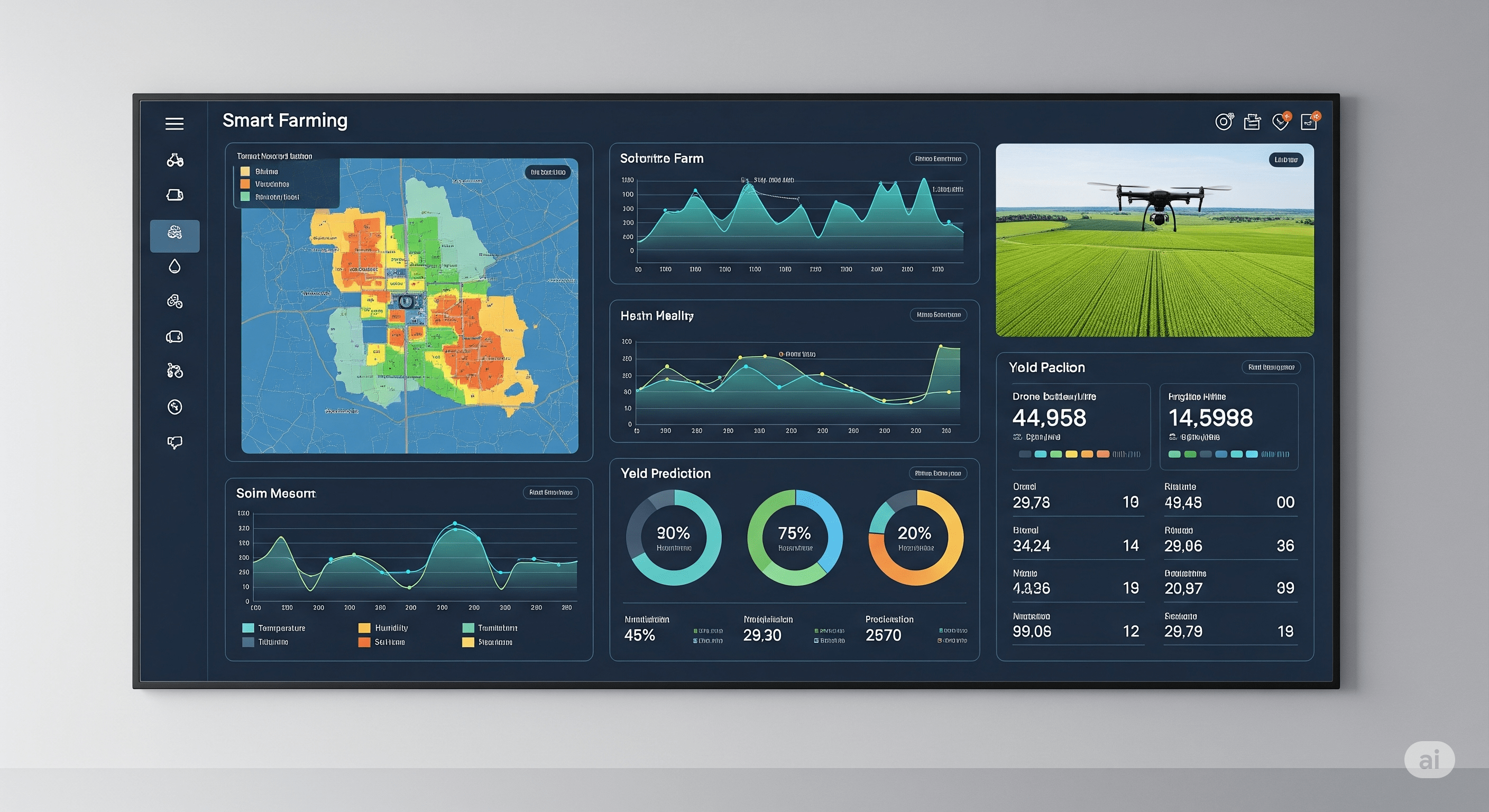Case Study: Smart Farming & Agriculture
May 14, 2024
Smart farming, or precision agriculture, uses IoT technology to make farming more efficient and effective. By collecting granular data from the field, farmers can make better decisions about irrigation, fertilization, and pest control, ultimately leading to higher yields, lower costs, and more sustainable practices.

The Challenge
A vineyard owner wants to optimize their water usage. Over-watering can lead to fungal diseases and wasted resources, while under-watering can stress the vines and reduce grape quality. They need to monitor soil moisture at different locations and depths within the vineyard and control their irrigation system remotely.
The Solution with ioCtrlMQ
The vineyard is divided into several irrigation zones. In each zone, soil moisture and temperature sensors are buried at two different depths. An ambient weather station is also installed. These sensors are connected to a LoRaWAN gateway (a long-range, low-power network ideal for large agricultural areas), which publishes the data to an MQTT broker. The irrigation valves for each zone are connected to relays that can also be controlled via MQTT.
An ioCtrlMQ dashboard is set up on a tablet for the vineyard manager:
- Multi-Gauge Panel: A Multi-Gauge widget displays the current soil moisture percentage for each zone. The gauges are color-coded: blue for 'wet', green for 'optimal', and brown for 'dry'. This provides an immediate, at-a-glance overview of the entire vineyard's irrigation status.
- Line Chart: A Line Chart widget plots the soil moisture from a single zone at two different depths over the past 72 hours. This helps the manager see how water is penetrating the soil and how quickly it's drying out.
- Text Displays: Text Display widgets show the current ambient temperature and humidity from the on-site weather station.
- Multi-Button Panel: This is the control center. A Multi-Button widget has a toggle switch for each irrigation zone (e.g., "Zone 1 Valve", "Zone 2 Valve"). Toggling a switch sends an 'ON' or 'OFF' command to the corresponding MQTT topic, opening or closing the irrigation valve.
The Outcome
The dashboard revolutionizes how the vineyard is managed. Instead of irrigating on a fixed schedule, the manager now irrigates only when the dashboard shows a zone is becoming dry. They use the line chart to learn that the west-facing zones dry out faster and adjust their strategy accordingly. By being able to control the valves remotely from the tablet, they can respond instantly to a sudden heatwave by turning on the water, or shut it off if an unexpected rain shower begins, all without having to drive out to the field. This results in a 40% reduction in water usage and a noticeable improvement in grape consistency and quality.